NEA and SJVN propose capacity expansion for Arun-4 Hydropower Project to 630MW
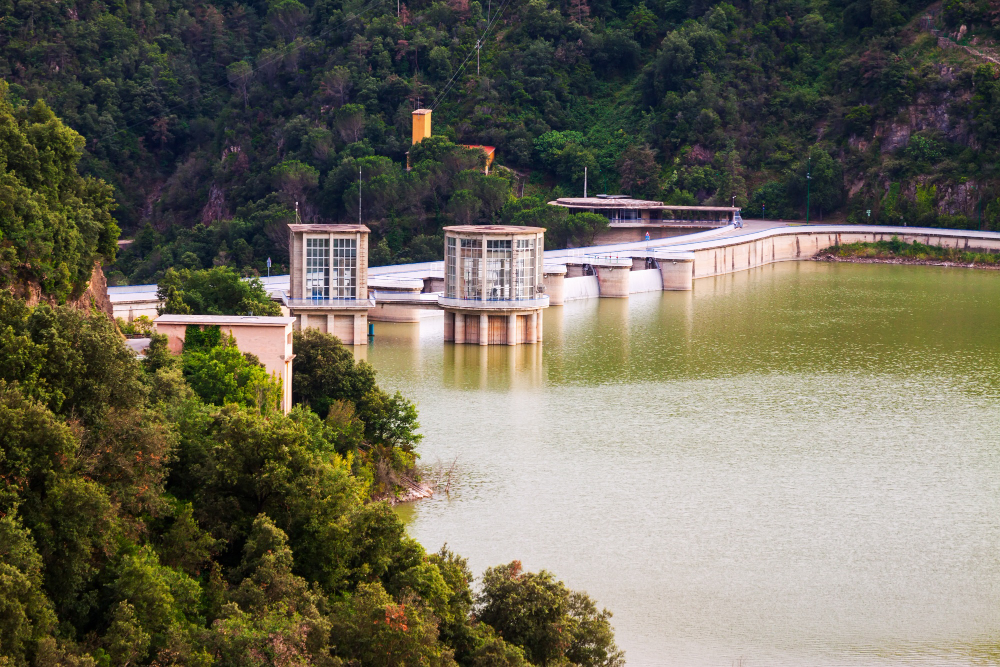
KATHMANDU: The Nepal Electricity Authority (NEA) and India’s Satluj Jal Vidyut Nigam (SJVN) have proposed an increase in the capacity of the Arun-4 Hydropower Project, which they are set to develop jointly. The proposal aims to enhance the project’s capacity from 490.2 megawatts (MW) to 630 MW, adding an additional 140 MW of generation potential.
SJVN has formally submitted the proposal to Nepal’s Department of Electricity Development (DoED). However, the proposed expansion overlaps with the construction area of the Upper Arun Hydropower Project, requiring a consensus between the concerned parties before receiving approval. A DoED official stated, “A proposal for capacity expansion was submitted, but it encroaches upon the Upper Arun project area. We have responded that approval will be granted only if a mutual agreement is reached with Upper Arun.”
According to DoED Director General Navin Raj Singh, discussions are ongoing regarding the proposed capacity enhancement. He noted, “Since Arun-4 is being developed by NEA and SJVN, there is no issue in expanding a project under NEA. The Upper Arun project is also being undertaken by an NEA subsidiary. Negotiations among NEA, SJVN, and the Upper Arun Hydroelectric Company are currently in progress. Upper Arun has advanced significantly, and capacity expansion for Arun-4 can be managed without affecting it.”
SJVN has justified the proposed expansion by citing landslides near the project’s headworks, which necessitate design modifications and site adjustments. However, if the capacity is expanded, additional feasibility studies will be required, leading to increased costs and an extended project timeline.
Meanwhile, the 1,061 MW Upper Arun Hydropower Project remains stalled due to financial closure complications. The financial closure was initially planned for mid-2023 under the leadership of the World Bank, which had granted in-principle approval. However, India later raised claims over the project with the World Bank, prompting the withdrawal of financial support. SJVN has been engaged in prolonged political lobbying to secure control over the project. Despite the setback, NEA has reaffirmed its commitment to developing Upper Arun through domestic financing.
The development of Arun-4 gained momentum following the signing of a Memorandum of Understanding (MoU) between NEA and SJVN in March 2022, during a bilateral meeting attended by then-Nepali Prime Minister Sher Bahadur Deuba and Indian Prime Minister Narendra Modi. NEA Managing Director Kulman Ghising and SJVN Chairman Nand Lal Sharma signed the MoU, facilitating joint development of the project. Similar to the 900 MW Arun-3 Hydropower Project, Nepal will receive 21.9% of the total energy from Arun-4 as free electricity on a monthly basis.
Arun-4 is located upstream of Arun-3, which is currently being developed by SJVN. Additionally, Nepal will receive 21% of the free electricity from the 679 MW Lower Arun Hydropower Project, situated downstream of Arun-3, which has also been awarded to SJVN. These projects form part of Nepal’s broader hydropower development strategy, which seeks to enhance electricity generation, attract foreign investment, and expand energy exports.
A joint venture company will be established between NEA and SJVN to oversee Arun-4’s development. NEA will hold a 49% stake, while SJVN will own 51%. SJVN will be responsible for securing project financing and managing electricity sales. If Nepal can consume the generated power, NEA will have priority purchasing rights. Any surplus electricity will be exported to India or Bangladesh.
The Ministry of Energy, Water Resources, and Irrigation had issued the survey license for Arun-4 to NEA in November 2021. Under the project’s structure, 10% of NEA’s 49% shareholding will be allocated to residents of the affected districts, while 15% will be made available to the general public across Nepal. NEA will capitalize the project’s initial costs, including NPR 5.1 billion spent on licensing and associated expenses. The feasibility study report is set to be reviewed within 90 days, and the detailed project report (DPR) and environmental impact assessment (EIA) will be updated within 18 months.
Initially, the Department of Electricity Development classified Arun-4 as a run-of-river project. However, since Upper Arun has been designed as a semi-reservoir project, Arun-4 is now proposed to follow a similar model to maximize water utilization. The shift to a semi-reservoir model is expected to enhance efficiency and optimize energy production.
The dam site for Arun-4 is located in Bhotkhola Rural Municipality-4 and 5, approximately 130 meters south of the Arun River and Leksewa confluence, and north of Kapase and Golabasti. The project will divert water from the Arun River through a 2.55 km underground tunnel to a desander reservoir, where sediment will be removed before channeling it through a 6.8 km tunnel to an underground powerhouse in Makalu Rural Municipality-3, Sajuwa Besi.
The estimated cost of the project is around NPR 79.12 billion, with an expected annual electricity generation of approximately 2.14 billion units. Arun-4 is positioned to play a significant role in Nepal’s hydropower sector, contributing to national energy security, economic growth, and regional electricity trade. As discussions on capacity expansion progress, stakeholders are expected to finalize agreements that ensure the project’s successful execution while safeguarding the interests of all parties involved.



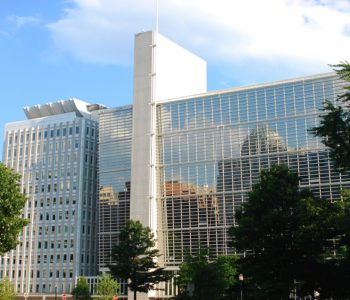


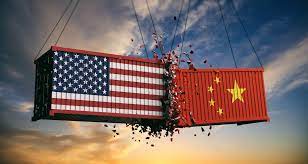
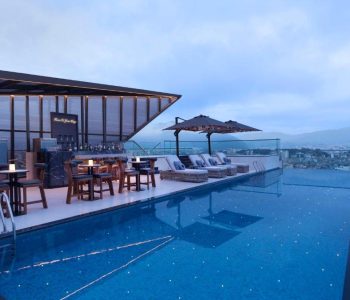


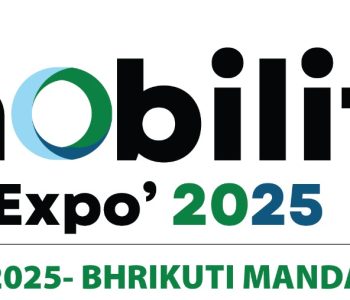
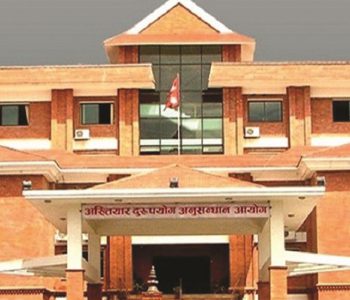
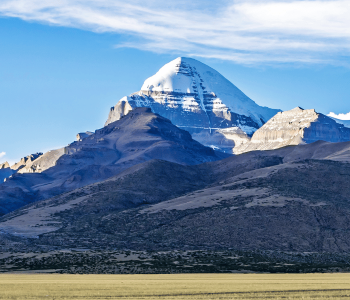
Facebook Comment